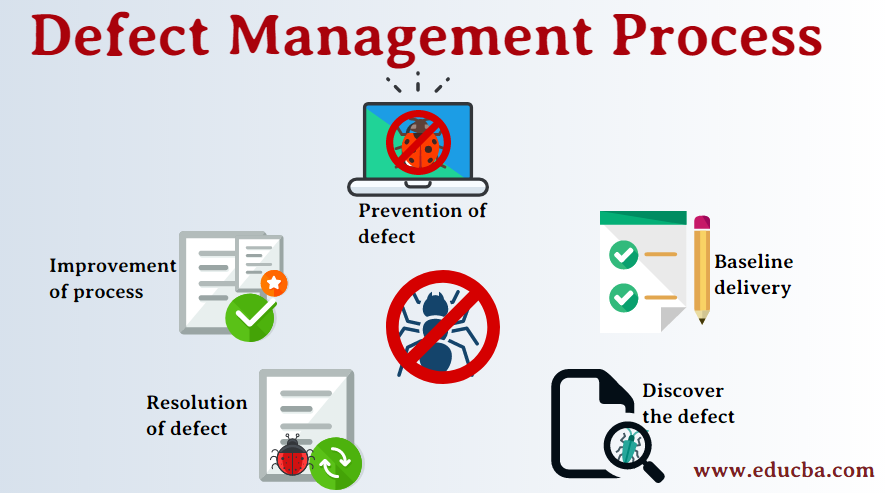Defect management can be defined as a process of detecting bugs and fixing them. Hence, every software development project requires a process that helps detect defects and fix them. The process of defect management, or bug tracking, is usually conducted at the stage of product testing.
The process of defect management, or bug tracking, is usually conducted at the stage of product testing. Without realizing this it would be hard to understand is the nature of defect management. Software testing can be conducted in two different ways. Usually, the developers test their product themselves. However, there is also a type of testing that is based on user involvement. The final users are often provided with an ability to report on the bugs they found. Nevertheless, this is not the best way of testing, because the users could hardly find all bugs.
The process of defect management usually includes four steps:
1. The first step is the stage of defect detecting. It can be conducted either by the team of developers or by the users. Regardless of the type of testing, its main goal is to detect all bugs in the final product or its part.
2. The second step of the bug management process is dedicated to the formulation of bug reports. These are the documents that include all necessary information about certain bugs. Usually, they contain data on the type of bug, and the possible ways of its correction.
3. The third step is the stage of bug fixing. After the bugs are fixed, they should be tested once more to make sure that the software works properly.
4. During the final step the bug list is created. This is the document that contains information about all bugs that occurred during the project’s performance. The team often uses the bug list because similar bugs’ occurrence is not rare.







No comments:
Post a Comment